#medicinalherbalism
Photo
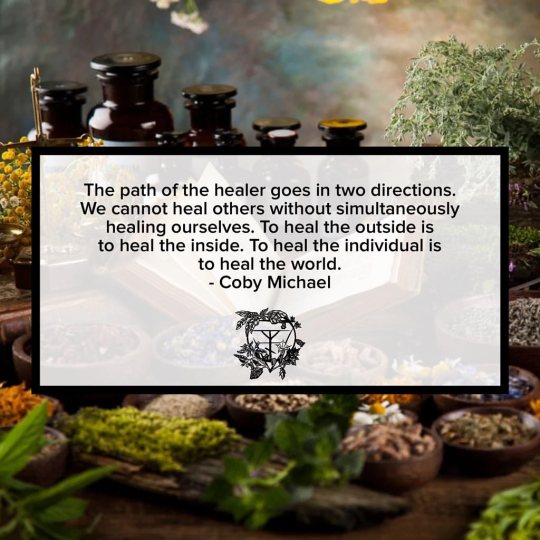
Whether sharing seeds, making medicine, teaching classes or growing a garden; we are all herbalists and all fill a vital role in our communities. The knowledge and healing that needs to be transmitted must pass through every individual and we are all necessary links in the lattice of the world’s genetic memory. Whether you are a clinical herbalist treating hundreds of clients, or just making a cup of tea for a loved one, the world needs you. We all need you. The plants can teach us all to be better humans and it’s time to listen to their wisdom. When we heal ourselves and others with natural medicine we rebel against the manufactured world we have created. Our medicine becomes the poison that corrupts the constructs that would keep us contained. - #plantpeople #plantmedicine #planthealing #plantmagick #herbalism #medicinalherbalism #spiritualherbalism #plantmedicinepractitioner #poisonpath #healinghands #healtheworld #herbsforeveryone (at Saint Petersburg, Florida) https://www.instagram.com/p/Cn1zxNDLqDF/?igshid=NGJjMDIxMWI=
#plantpeople#plantmedicine#planthealing#plantmagick#herbalism#medicinalherbalism#spiritualherbalism#plantmedicinepractitioner#poisonpath#healinghands#healtheworld#herbsforeveryone
5 notes
·
View notes
Photo
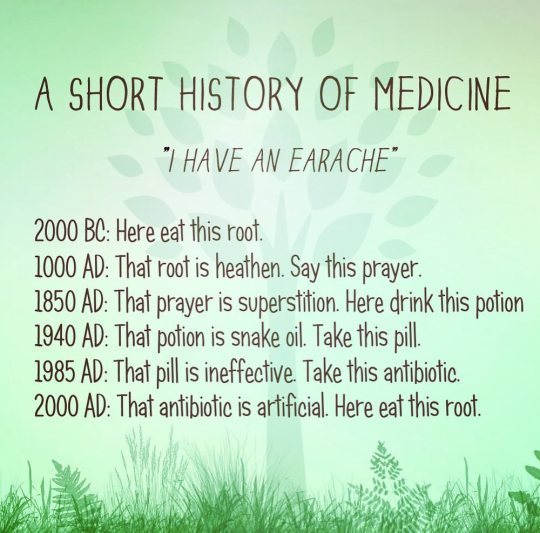
#Medicine #Herbs #Herbalism #MedicinalHerbs #MedicinalHerbalism #Herbology 🌱💚 (at Spoonerville, Vermont) https://www.instagram.com/p/CdrvLhMOE2g/?igshid=NGJjMDIxMWI=
0 notes
Text
"Scientists now believe that chronic low-level inflammation can play a role in some health conditionsTrusted Source and diseases. These include:heart disease/cancer/metabolic syndrome/Alzheimer’s disease/various degenerative conditions"
#herbalism#herbs#herbalist#herbsforhealth#tumeric#ground cumin#seasonings#spices#recipies#healthy eating#medicinalherb#medicinalplants#anenaturallc#aneapothecary
3 notes
·
View notes
Text
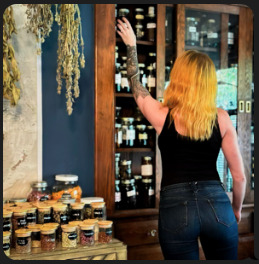
Starting your first Apothecary!
It’s hard to know where to start when creating your first herbal collection, and can be overwhelming looking through all the herbs in any herbal book or website or apothecary. By the time you’ve got a list made, you’ve probably got 50+ herbs to learn about and hundreds of dollars to spend getting there :(
Let’s simplify that experience! You don’t need to start with all the herbs, and you don’t need to spend hundreds of dollars. The best way to start is slow & small - get to know a handful of herbs really well! This is where a lot of people go wrong in the beginning - they try to cram in learning as many herbs as possible in as short a time as possible and end up only skimming the surface of each herb’s potential & not really knowing any of them deeply. You’ll have a one up on a lot of us if you take it slow and get to know a small handful of herbs very well before moving on.
To start - Where are some good places to buy herbs? Okay honestly - Mountain Rose Herbs is just the best - their quality just can’t be beat, they grow a lot of their own herbs (I’ve visited their farm and it’s amazing), they have SO many herbs to choose from that are usually always in stock, they are very reliable & their customer service/returns policy is just amazing. Their downfall is that you can only buy in bulk, so only in amounts of 4oz or more. But really, if you’re trying to get to know an herb, you’ll want at least 4oz. I went through a whole pound of calendula when I was learning it, so I promise that you’re going to want at least 4oz of your herbs.
If 4oz is too much (which I get it, the cost can add up when you’re buying 10 herbs) a secondary option is to buy Mountain Rose Herbs herbs through an independent apothecary - any good apothecary will carry a ton of Mountain Rose herbs! You can do a quick search to find an apothecary near you to check out, or if you don’t have one nearby, you can order online from lots of apothecaries (my favorite is @moonriseHerbs in Arcata, CA where I first started my formal herbal training!).
There are of course a good amount of smaller farms/suppliers that have great quality herbs (like @fosterfarmsherbs), but for simplicities sake we will leave that exhaustive list for another time.
Ok second - let’s start with a well-rounded apothecary of 10 dry herbs for tea that can be formulated together to work with to address a ton of different imbalances. Trade out wherever you want, this is just a starting point! But if you want to just take a load off your shoulders & are feeling overwhelmed with all the herbal choices, just shoot for this list. This list is seriously well-rounded enough to work with for your first year of herbal studies.
Chamomile - affinities for digestion, cold & flu care, emotional health, pain management, & sleep issues
Ginger - affinities for digestion, pain management, cold & flu care, reproductive health, & cardiovascular health
Marshmallow - affinities for digestion, urinary health, respiratory support & moistening mucous membranes everywhere
Passionflower or skullcap - affinities for emotional/nervous system health & sleep issues (skullcap & passionflower are a power duo!)
Valerian - affinities for emotional/nervous system health, pain management, reproductive health & sleep issues
Elecampane - affinities for cold & flu care & lung support
Motherwort - affinities for emotional/nervous system health, cardiovascular health & reproductive support
Poppy - affinities for pain management, sleep issues & emotional/nervous system health
Yarrow - affinities for digestion, emotional/nervous system health, reproductive health, urinary support & cold & flu care
Stinging nettle - affinities for urinary support, emotional/nervous system health, allergy support, cold & flu care, & cardiovascular health
These 10 herbs will get you & your loved ones so far when it comes to so many common imbalances as you can see. And this is absolutely not an exhaustive list, these are just the most common use cases for working with these herbs!
Third - you can simply store all of these herbs in the bags they come in, in a dark area, or you can move them all into airtight glass jars if you’d like! Just make sure they’re not exposed to sunlight - I like to keep mine hidden under a throw blankie just to be extra cautious about light damage. The internet has some pretty cool & affordable airtight glass jars, but mason jars totally do the trick & can be found at most grocery stores.
Remember to label your jars with the plant name, latin name, where you bought it & when you bought it! If you don’t do this, I promise you will forget (I speak from experience!).
Lastly - You can learn about these common herbs from just about anywhere, pretty reliably since they are so well known. The internet is absolutely full of bullshit about a lot of herbs, but I will say that these 10 are so common that most of the information out there about them is legit. But if you’re looking for a great starter herbal book to learn from, my favorite is still @RosemaryGladtar’s family herbal. It is basic & simple, and I really think that’s best to start.
Side note which I will elaborate on in a future post - there are actually a lot of crap herbal books out there. Like a LOT. And just because you recognize an herbalist’s name because they’re famous in the community does not mean they know wtf they’re talking about. Just proceed with caution and question anything that doesn’t seem quite right.
And VIOLA, you’ve got yourself an apothecary! Practice drinking infusions of these herbs alone, and combining them together for different effects! You can really use this set of herbs to help with almost any common imbalance that might come up, and they also make for some delicious teas :)
I’m slowly rolling out herbal spotlight/materia medical graphics on each of these herbs in much more depth, so check back here & on my IG for more info!
#herbalism#apothecary#herbs#medicinalherbs#tea#herbalist#pnw#tincture#elixir#naturallifestyle#health#natural health
5 notes
·
View notes
Text

From: Hill, John, 1714?-1775. The British herbal : an history of plants and trees, natives of Britain, cultivated for use, or raised for beauty. London : Printed for T. Osborne and J. Shipton in Gray's-Inn, J. Hodges, near London-Bridge, J. Newbery, in St. Paul's Church-Yard, B. Collins, and S. Crowder and H. Woodgate, in Paster-noster-Row, 1756
QK45 .H65 1756
#flowers#violet#pansy#dyersweed#rocket#catchfly#plants#herbs#medicinalherbs#herbals#botanicalillustration#naturedrawing#english#1750s#mid18thcentury#florafriday#floralfriday#fridayflowers#rarebooks#specialcollections#libraryofva
43 notes
·
View notes
Photo
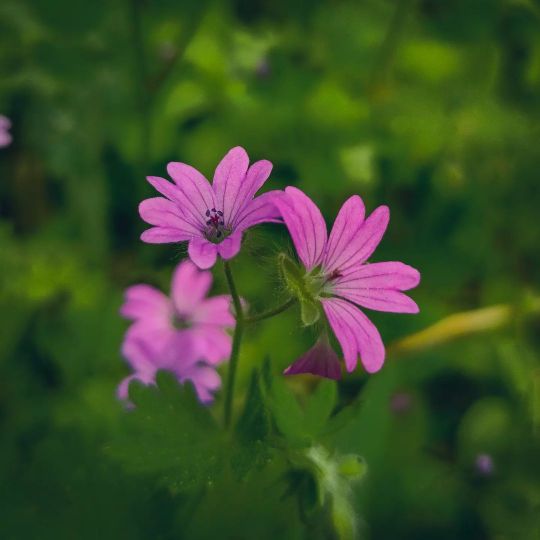
Geranium molle, growing wild! Read more below about this fascinating herb. Learn more about our online courses on herbal medicine & aromatherapy in jointheflow.net Discover my books on bodywork and more: amzn.to/3xhaNey Its common name is Dovefoot Geranium, or Dove's-foot Crane's-bill. Nicholas Culpeper in his herbal of 1652 suggested a variety of uses for G. molle, including the treatment of internal and external injuries. A note was made that the bruised leaf healed external injuries faster. A decoction in wine was said to relieve gout and other joint pains. The plant is considered to be anodyne, astringent and vulnerary. In fact, you can use it as a tannin in herbal formulas, along with Quercus and Capsella. The bees LOVE the plant. It actually produces a kind of dark pollen. Geranium molle is a small plant reaching on average 5–30 centimetres (2.0–11.8 in) in height. It is a very branched plant, quite hairy, with several ascending stems. The leaves are palmate, cut 5 to 9 times. The basal leaves are arranged in a rosette, the upper ones are sessile, rounded and hairy, with a long petiole of about 5–12 millimetres (0.20–0.47 in). The flowers are pinkish-purple, 8–12 mm in diameter, with very jagged petals. It blooms from April to September. The flowers are hermaphrodite and mainly pollinated by Hymenoptera. Fruits are glabrous, usually with 6-9 transverse ridges. Photo taken by me, all rights reserved. #geranium #geraniummolle #geraniaceae #tannin #wildmedicine #greekflora #greekherbs #herbnerd #wildherbs #botany #botanicalmedicine #medicinalherbs #myherbalstudies #healingherbs #foraging #herbalistsofinstagram #herbalremedies #primitiveskills #survivalskills #urbanherbalist #herbalremedies #apothecary #ethnobotany #ethnobotanist (at Athens, Greece) https://www.instagram.com/p/Cgq4lW_IsZL/?igshid=NGJjMDIxMWI=
#geranium#geraniummolle#geraniaceae#tannin#wildmedicine#greekflora#greekherbs#herbnerd#wildherbs#botany#botanicalmedicine#medicinalherbs#myherbalstudies#healingherbs#foraging#herbalistsofinstagram#herbalremedies#primitiveskills#survivalskills#urbanherbalist#apothecary#ethnobotany#ethnobotanist
2 notes
·
View notes
Photo
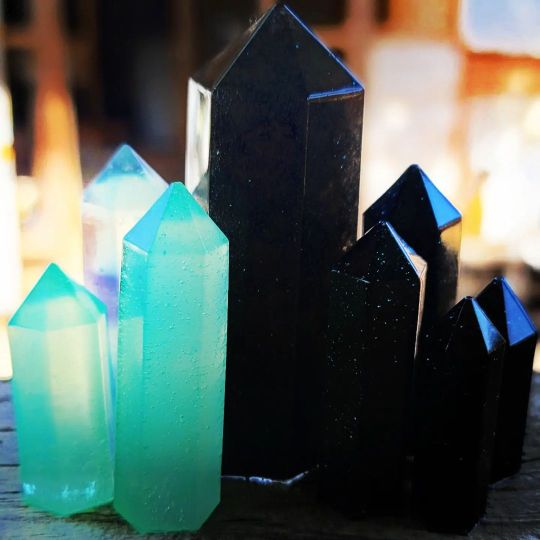
Follow us on tiktok: 🌛🌕🌜 @greenman_alchemist https://www.tiktok.com/t/ZTR6Y6JKG/?k=1 #tiktok #witchtok #fullmoon #magick #witch #medicinalherbs #plants #seeds #Etsy #shopify #indigenous #indigenouswitch #indigenousmagick #shamanism #greenwitch #greenman #greencraft #witchcraft #witchesofinstagram https://www.instagram.com/p/Cf-2snyuWiF/?igshid=NGJjMDIxMWI=
#tiktok#witchtok#fullmoon#magick#witch#medicinalherbs#plants#seeds#etsy#shopify#indigenous#indigenouswitch#indigenousmagick#shamanism#greenwitch#greenman#greencraft#witchcraft#witchesofinstagram
4 notes
·
View notes
Text
Designed to provide a convenient and tasty way to support your energy levels.
These gummies are quickly gaining popularity among health freak individuals.
In a world where energy boosting supplements
are usefulness for their ability
to enhance vitality and stamina.
Testosterone Booster Gummies stand out as a promising option.
Not only do they offer a boost in energy, but they also serve as dietary supplements for weight loss.
catering to those looking to achieve their fitness goals.
But what sets these gummies apart from other energy supplements? The key lies in their formulation, which includes ingredients known to support healthy testosterone levels.
Testosterone plays a crucial role in various bodily functions, including muscle growth, fat flesh and blood, and energy production.
By providing the body with the nutrients it needs to maintain optimal testosterone levels.
These gummies offer a holistic approach to enhancing energy and vitality.
Furthermore, for individuals concerned about hair loss, the connection between testosterone and hair health is well-established. Testosterone Booster Gummies not only address energy needs but also indirectly support hair health by promoting hormonal balance.
With their convenient and delicious form-
Testosterone Booster Gummies offer a simple yet effective solution for those looking to:
boost energy,
support weight loss efforts,
and promote overall well-being.
Say goodbye to fatigue and hello to vitality with these innovative dietary supplements.
Read More

#prostatecancer#sexdrive#sleepaid#vitamind3#bloodsugar#magnesium#weightgain#sawpalmetto#periodcramps#inflammation#mentalhealth#transformation#perimenopause#musclegrowth#prostatehealth#howtolosefat#zincsupplement#proteinpowder#hormonetherapy#cognitivefunction#antiinflammatory#progesterone#medicinalherbs#fatburningpills#ftmtransgender#urinaryfunction#immunesupport#staminabooster#protectionspell#immunesystem
1 note
·
View note
Text

The use of food and herbs to improve one's health and make one more clear; The consumption of fatty fish such as salmon, mackerel, and sardines, which are abundant in omega-3 fatty acids, EPA, and DHA, is helpful to the health of the brain. The omega-3 fatty acids are beneficial to the brain, since they enhance memory and prevent cognitive decline.
#herbs#medicinalherbs#herbsandspices#medicinalherbsandplants#medicinalplantsandherbs#healingherbslist#herbsthatclearmucus#herbal
1 note
·
View note
Text
Unveiling the Healing Potentials of the Shami Plant: Exploring Its Medical Uses

The Shami plant, scientifically known as Prosopis cineraria, holds a significant place in traditional medicine systems across various cultures, particularly in regions where it is native, such as parts of Asia and Africa. Renowned for its diverse medicinal properties, the Shami plant has been utilized for centuries to address a plethora of health concerns. From its roots to its leaves, every part of this resilient shrub harbors therapeutic compounds that have captured the interest of modern researchers. Let's delve into the remarkable medical uses of the Shami plant.
1. Anti-inflammatory Properties: One of the most notable medicinal attributes of the Shami plant is its potent anti-inflammatory properties. Extracts from various parts of the plant, such as the bark and leaves, have demonstrated the ability to alleviate inflammation, making it a valuable resource in treating conditions like arthritis, joint pain, and inflammatory skin disorders.
2. Wound Healing: Traditional healers have long utilized Shami plant preparations to facilitate wound healing. The plant's extracts possess antimicrobial properties that help prevent infections, while its ability to promote tissue regeneration expedites the healing process. From minor cuts and scrapes to more severe wounds, the Shami plant offers a natural remedy for promoting skin health.
3. Antioxidant Activity: Rich in antioxidants, the Shami plant aids in combating oxidative stress and neutralizing harmful free radicals in the body. This antioxidative capacity contributes to its protective effects against chronic diseases, including cardiovascular ailments and certain types of cancer. Regular consumption of Shami plant-derived products may thus contribute to overall health and well-being.
4. Digestive Health: In traditional medicine systems, preparations made from the Shami plant are often used to address various digestive issues. Its mild laxative properties help alleviate constipation, while its anti-inflammatory effects may soothe gastrointestinal discomfort associated with conditions like gastritis and irritable bowel syndrome (IBS).
5. Respiratory Disorders: The Shami plant has been traditionally employed in the treatment of respiratory ailments, such as coughs, bronchitis, and asthma. Its expectorant properties help loosen phlegm and mucus, making it easier to expel, while its anti-inflammatory effects may alleviate airway inflammation, facilitating easier breathing.
6. Antidiabetic Effects: Studies have suggested that certain compounds found in the Shami plant may possess antidiabetic properties. These compounds help regulate blood sugar levels, making the plant a potentially valuable adjunctive therapy for individuals managing diabetes. Further research is warranted to elucidate the mechanisms behind this beneficial effect.
7. Immunomodulatory Potential: The Shami plant exhibits immunomodulatory effects, meaning it can modulate the immune system's response. This property holds promise in the treatment of autoimmune disorders, where immune function must be carefully regulated to prevent excessive inflammation and tissue damage.
8. Anti-microbial Activity: Various parts of the Shami plant possess antimicrobial properties, inhibiting the growth of harmful bacteria, fungi, and other pathogens. This makes it a valuable natural alternative to conventional antimicrobial agents and may help combat infections without the risk of antimicrobial resistance.
Conclusion:
The Shami plant, with its array of medicinal properties, stands as a testament to nature's healing bounty. From ancient times to the modern era, its therapeutic potential continues to intrigue researchers and practitioners alike. While much remains to be discovered about the specific compounds responsible for its medicinal effects, the Shami plant undeniably offers a wealth of possibilities for enhancing human health and well-being. As ongoing research sheds light on its mechanisms of action and potential applications, the Shami plant may emerge as a cornerstone in the development of novel therapeutics rooted in traditional wisdom.
0 notes
Text
From Garden to Wellness: Harnessing Medicinal Herbs for a Healthier You
In the quest for optimal health and well-being, the journey often begins in the garden, where nature's pharmacy awaits. Medicinal herbs, with their potent healing properties, offer a holistic approach to wellness. Snip A Sage explores the transformative power of these botanical wonders and unlock the secrets to a healthier you.
Cultivating Wellness in Your Backyard
Creating Your Medicinal Herb Garden
Embark on a journey of self-sufficiency by cultivating a medicinal herb garden right in your backyard. Choose a sunny spot, enrich the soil with organic matter, and select a variety of herbs such as lavender, rosemary, and mint. These versatile herbs not only thrive in home gardens but also pack a punch in terms of health benefits.
DIY Herbal Remedies: A Green Thumb's Guide
Transforming your harvest into potent remedies is a rewarding aspect of herb cultivation. Learn the art of crafting herbal teas, infused oils, and salves. Harness the healing potential of your garden by creating your personalized arsenal of natural remedies.
Exploring the Medicinal Marvels
Lavender: Beyond Fragrance
While renowned for its enchanting fragrance, lavender transcends its aromatic charm. This herb boasts anti-inflammatory and calming properties, making it a valuable ally in stress relief and sleep enhancement. Incorporate lavender into your routine for a serene mind and restful nights.
Rosemary: Herbal Brain Boost
Elevate cognitive function with the remarkable rosemary. This herb is known for enhancing memory and concentration. Whether infused in oils for aromatherapy or included in culinary creations, rosemary is a versatile herb that supports mental clarity.
Mint: More Than a Refreshing Flavor
Beyond its refreshing flavor, mint is a digestive powerhouse. Ease indigestion and promote digestive health by incorporating mint into teas or infusions. This invigorating herb also lends itself to cooling topical applications for skin relief.
Basil: Nature's Anti-Stress Agent
In the hustle and bustle of daily life, basil emerges as nature's anti-stress agent. Rich in antioxidants, this herb combats oxidative stress, promoting overall well-being. Explore basil-infused recipes or enjoy a cup of basil tea to unwind.
Crafting a Herbal Lifestyle
Incorporating Herbs into Culinary Delights
Elevate your culinary endeavors by infusing dishes with the vibrant flavors of medicinal herbs. Experiment with rosemary-infused oils, minty salads, and basil-packed sauces. Not only do these creations tantalize the taste buds, but they also contribute to your overall health and vitality.
Herbal Rituals: A Daily Wellness Practice
Transform daily routines into moments of wellness through herbal rituals. Start your day with a cup of invigorating herbal tea, savor herbal-infused meals, and wind down with a calming herbal blend before bedtime. These rituals not only nourish the body but also cultivate mindfulness and balance.
Navigating the Path to Holistic Health
Educating Yourself on Herbal Safety
While the world of medicinal herbs is brimming with benefits, it's crucial to educate yourself on herbal safety. Understand the properties of each herb, potential interactions, and proper dosage. Consult with herbal experts to ensure a safe and personalized approach to herbal wellness.
Embracing Nature's Pharmacy for a Vibrant Life
In conclusion, the journey from garden to wellness unfolds as a tapestry of self-sufficiency and vitality. Cultivating a medicinal herb garden not only connects you with nature but also empowers you to take charge of your well-being. From lavender-scented tranquility to the cognitive boost of rosemary, each herb contributes to a healthier, more vibrant you.
#medicinalherbs#winterherbs#herbalmedicine#naturalmedicine#herbalremedies#healingherbs#winterwellness#herbgarden#holistichealth#coldandfluseason#herbalhealing#medicinal winter herbs
0 notes
Photo
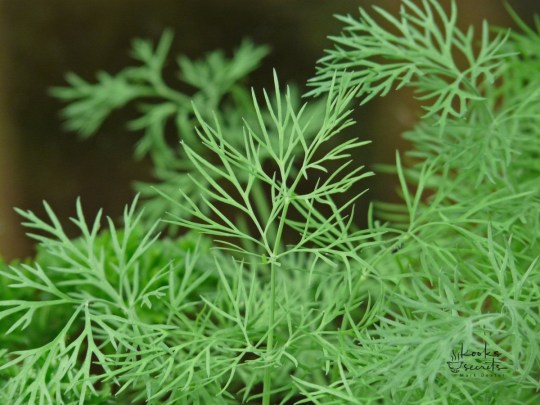

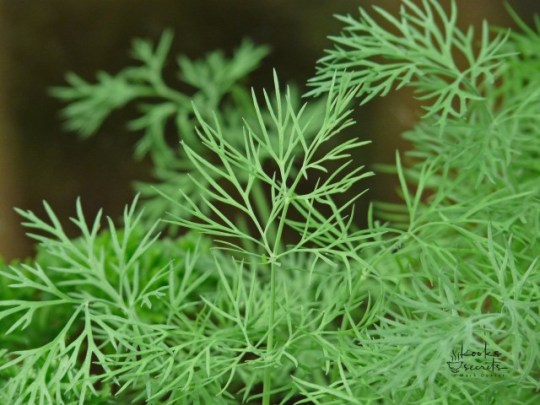


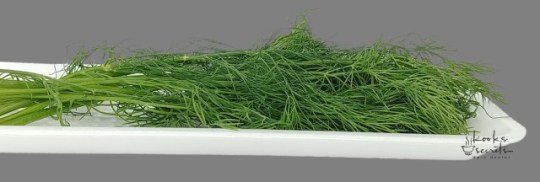
(via Dill)
0 notes
Text
youtube
#Clove#SpiceDiscovery#NaturalHealing#HerbalWonders#HealthBenefits#ActiveComponents#ExploringNature#HerbalRemedies#WellnessJourney#CloveOil#HolisticHealth#PlantPower#HealthyLiving#DiscoverClove#MedicinalHerbs#Nature'sTreasures#CulinaryHerbs#HerbalExploration#WellnessDiscovery#HiddenGems#self healing#plants#treatment#Youtube
0 notes
Text
5benefits of passionflower
Delays aging, Protects skin cells, Sleep inducer, controls oily skin, and glowing skin many more.

#herbalism#herbs#herbalist#herbsforhealth#passion#passionflower#passionfruit#medicinalherb#medicinalplants#medicina#anenaturallc#aneapothecary#skin care#glowingskin#healthy skin#skincare regimen
3 notes
·
View notes
Link
Tell us a story that this reminds you of!
#painting#apothecary#naturalmedicine#potions#tinctures#wizard#wizardry#magical#elixirs#colorful#spells#incantations#magic#witchcraft#witchery#occult#voodoo#medicinalherbs#tonic#mystical#medicinal
0 notes
Text
Arctium Minus
In the tapestry of garden delights, Lesser Burdock unfolds as a herbal gem, weaving its intricate leaves and charming burr-like flowers into the story of your green haven. Let's embark on a journey to explore the wonders and potential benefits of this resilient and captivating plant. 🪴🌸
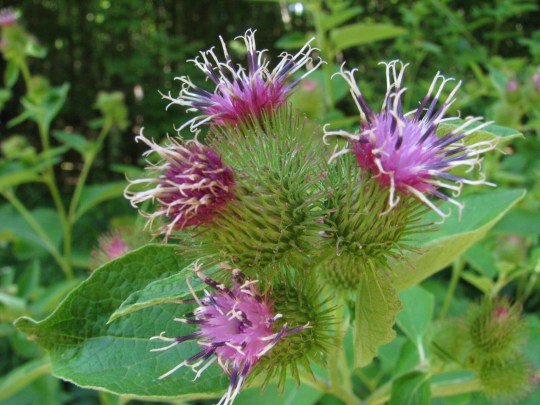
But why should you consider growing Lesser Burdock in your garden? Here are a few compelling reasons:
Herbal Heritage: Lesser Burdock has a rich herbal legacy, historically used for its potential medicinal properties, including promoting skin health and overall well-being.
Wildlife Haven: The distinctive flowers of Lesser Burdock attract pollinators, adding a lively touch to your garden and supporting local biodiversity.
Culinary Potential: The young leaves of Lesser Burdock are edible and can be used in salads or cooked dishes, offering a unique addition to your culinary adventures.
Resilient Beauty: Lesser Burdock's hardy nature makes it an easy-to-care-for plant, thriving in a variety of conditions and adding a touch of resilience to your garden.
Embrace the herbal wonders of Lesser Burdock and let its unique features and potential benefits enrich your garden and well-being. Join us in savoring the delights of this captivating herbal gem! 🪴🌎
Visit our Etsy shop to bring the beauty and potential benefits of Lesser Burdock to your garden. Each seed is an invitation to cultivate a herbal treasure that adds character and resilience to your green space. 🌿🌸
#ArctiumMinus#LesserBurdock#HerbalGarden#MedicinalHerbs#CulinaryAdventures#Biodiversity#GardenResilience#HerbalWisdom
0 notes